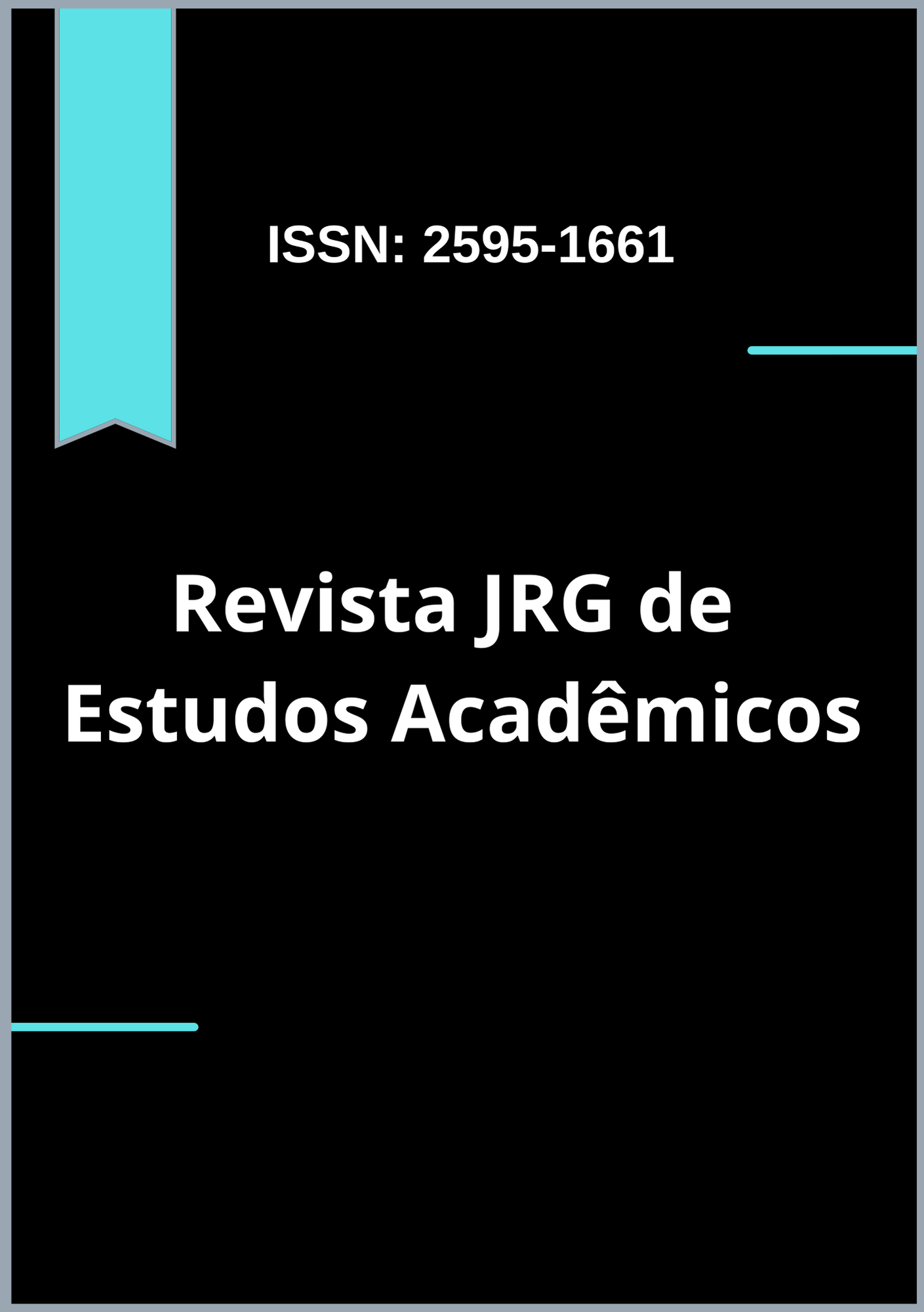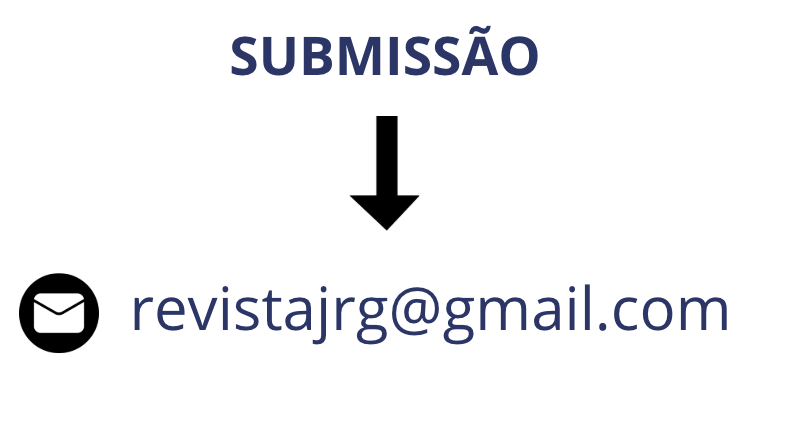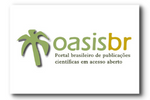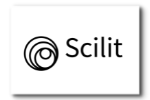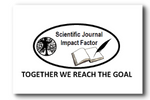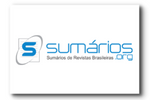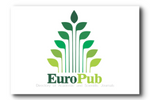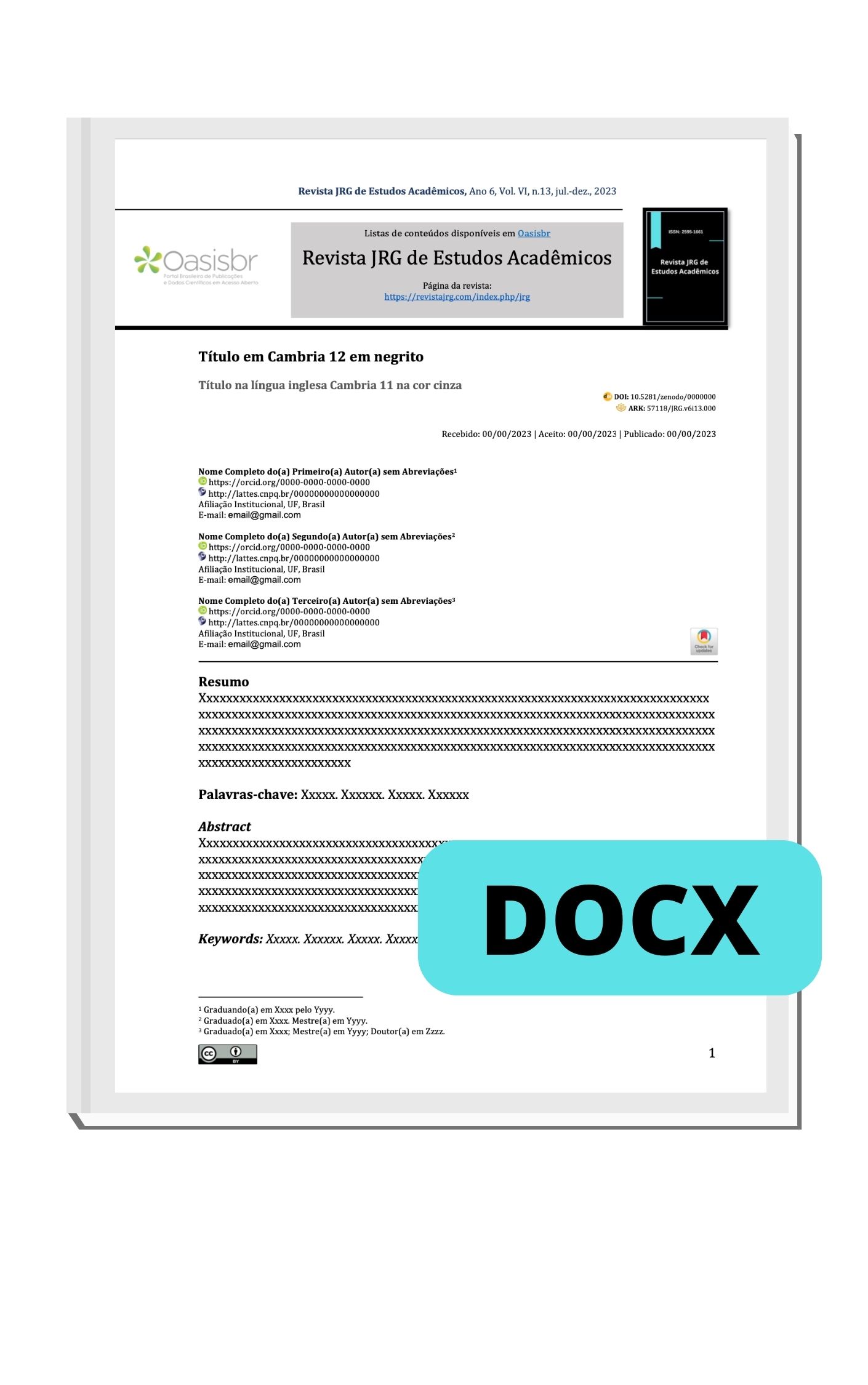Development of burgers with the addition of tenebrio molitor flour as an alternative protein
DOI:
https://doi.org/10.55892/jrg.v6i13.827Keywords:
Nutritional, Alternative, Development, SustainableAbstract
World population growth and the growing demand for differentiated proteins have led to the search for more sustainable food alternatives in relation to traditional protein sources. In this context, edible insects have been recognized as a source of nutrients capable of meeting the growing demand for animal protein in an environmentally sustainable way, being a very promising alternative source of protein. Among insects, Tenébrio molitor has around 58% proteins, as well as vitamins, minerals, linoleic acid, among other nutrients. Therefore, the objective of the work was the development and characterization of soy protein burgers with the addition of flour from the Tenébrio molitor insect. To this end, hamburger formulations were developed incorporating different percentages of insect flour (Tenébrio molitor) for prior testing. The tests with a higher percentage of tenebrium flour showed a dark color with prominent spots on the product, and a specific formulation was selected as it presented satisfactory results. The formulation with 10% insect flour was compared with a control formulation (without insect flour). Analyzes of moisture content, total ash, lipids, proteins (conversion factor 6.25) and pH of the burgers were determined according to the methodologies described in the Instituto Adolf Lutz (IAL, 2008) and the Association Of Official Analytical Chemists (AOAC, 2000). The control burger had a higher moisture content (35.2%) compared to the formulation with tenebrio flour (31.0%). Regarding ash content, both formulations presented similar values. In terms of protein content, the control burger had a lower protein content (41.9%), when compared to the burger with 10% Tenebrio flour (44.4%) (p<0.05), as well as a higher protein content. lipids (13.9%). The technological parameters demonstrated that the cooking loss of the burger with tenebrio flour (7.93%) was greater than the control (7.41%), and the control burger showed a greater reduction in diameter (1.54%) compared to the formulation with tenebrio flour (0.44%). The objective of this work was to develop and characterize soy protein burgers with the addition of Tenébrio molitor insect flour, an alternative source of protein. The addition of tenebrium flour to soy protein burgers is a viable strategy to increase the nutritional value and improve the technological properties of the product, making it a healthier and more sustainable food alternative.
Downloads
References
AGUILAR, Jessika Gonçalves Dos Santos. An overview of lipids from insects. Biocatalysis and Agricultural Biotechnology, v. 33, p. 101967, maio 2021. DOI 10.1016/j.bcab.2021.101967. Disponível em: https://linkinghub.elsevier.com/retrieve/pii/S1878818121000633.
AUTORIDADE DE SEGURANÇA ALIMENTAR E ECON. [s. d.]. Disponível em: https://www.asae.gov.pt/newsletter2/asaenews-n-122-marco-2021/efsa-conclui-a-primeira-avaliacao-de-um-inseto-para-alimentacao-humana.aspx. Acesso em: 4 dez. 2023.
CUNNIFF P. Association of Official Analytical Chemists. Official methods of analysis of aoac international (16th ed.). Association of Official Analytical Chemists, 1995.
AVENDAÑO, C.; SÁNCHEZ, M.; VALENZUELA, C. Insectos: son realmente una alternativa para la alimentación de animales y humanos. Revista chilena de nutrición, v. 47, n. 6, p. 1029– 1037, 2020.
BEDNÁŘOVÁ, M.; BORKOVCOVÁ, M.; MLČEK, J.; ROP, O.; ZEMAN, L. - Edible insects - species suitable for entomophagy under condition of Czech Republic. Acta Universitalis Agruculurae et Silvicultueae Mendelianae Brunensis 64 (3): 587-593, 2013.
BERRY, B. W. Low fat level effects on sensory, shear, cooking and chemical properties of ground beef patties. Journal of Food Science, v. 57, n° 3, p. 537-540, 1992.
Estudos mostram a adesão dos consumidores pelos insetos alimentícios". Disponível em: < https://nutriconnection.com.br/estudos-mostram-a-adesao-dos-consumidores-pelos-insetos-em-alimentos/ >. Acesso em: [20/11/23].
Food Connection. E se o hambúrguer que você come fosse feito de proteínas alternativas. Disponível em: <https://www.foodconnection.com.br/alimentos-e-bebidas/e-se-o-hamburguer-que-voce-come-fosse-feito-de-proteinas-alternativas>. Acesso em: [20/11/23]
FONTAN, R. C. I. et al. Influência do tipo de carne, adição de fosfato e proteína texturizada de soja na perda de peso por cocção e redução do tamanho de hambúrgueres. Alim. Nutr., Araraquara, v. 22, n. 3, p. 429-434, jul./set. 2011. Disponível em: Acesso em: 28 nov. 2023.
JÓZEFIAK, T; RUTKOWSKI, A; JÓZEFIAK, D. Tensile and Texture Analysis of Beef Burgers Enriched with Oyster Mushrooms (Pleurotus ostreatus). Food and Bioprocess Technology, 9(12), 2140-2149, 2016
JUSTINO, H. F. M. et al. Insetos na alimentação humana: composição nutricional, PROCESSAMENTO E NEOFOBIA. In: Anais do I Simpósio Online Sulamericano de Tecnologia, Engenharia e Ciência de Alimentos. Diamantina (MG) Online, 2022b
LUCAS, A. J. S.; ORESTE, E. Q.; COSTA, H. L. G.; LÓPEZ, H. M.; SAAD, C. D. M.; PRENTICE, C. Extraction, physicochemical characterization, and morphological properties of chitin and chitosan from cuticles of edible insects. Food Chemistry, v. 343, p. 128550, 2023.
MARFIL, P. H. M. Estudo reológico de sistemas gelatina/colágeno/amido para obtenção de géis e aplicação em gomas dietéticas de gelatina. 2010. 127 f. Dissertação (Mestrado) - Curso de Engenharia e Ciência de Alimentos, Universidade Estadual Paulista, São José do Rio Preto – Sp, 2010.
MERELES E SOUZA. Estudo comparativo de funcionalidade de proteínas alternativas, p. 6. 2023.
INSTITUTO ADOLFO LUTZ [2008]. Métodos físico-químicos para análise de alimentos. São Paulo: Intituto Adolfo Lutz, 2008. 1020p. Disponível em: Acesso em: 15 set. 2023.
RUMPOLD, BA, & Schlüter, OK (2013). Composição nutricional e aspectos de segurança de insetos comestíveis. Nutrição molecular e pesquisa de alimentos, 57(5), 802-823.
SOGARI, G., MORA, C., & Menozzi, D. (2019). Sensory perception of insect-based products for human consumption: A systematic review. Food Research International, 125, 108527.
SIKES, A. L., et al. (2019). Sensory and Texture Properties of Freshly Prepared, HotHolding, and Reheated Hamburger Patties. Journal of Food Science, 84(7), 1911-1918.
ZIELINSKA, E., BARANIAK, B., Karaś, M., & Rybczyńska, K. (2015). Comparison of the nutritive value and sensory properties of edible insects from Mali. Journal of Insects as Food and Feed, 1(2), 103-112.
